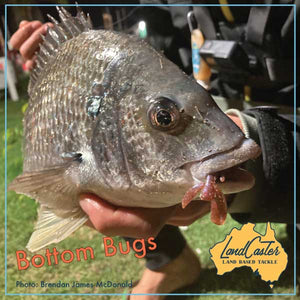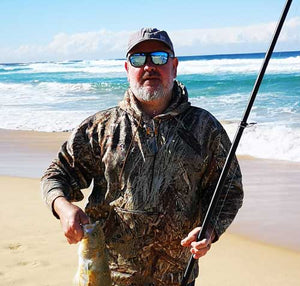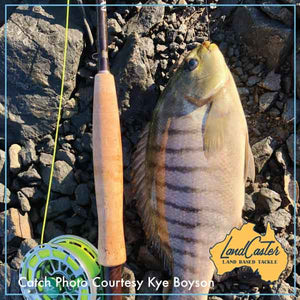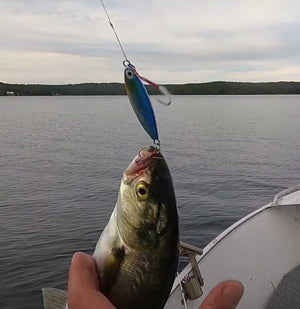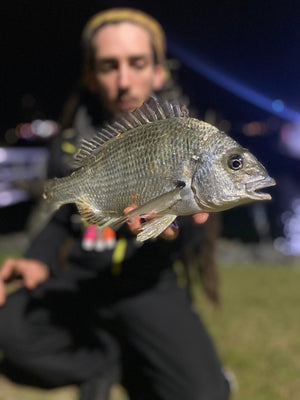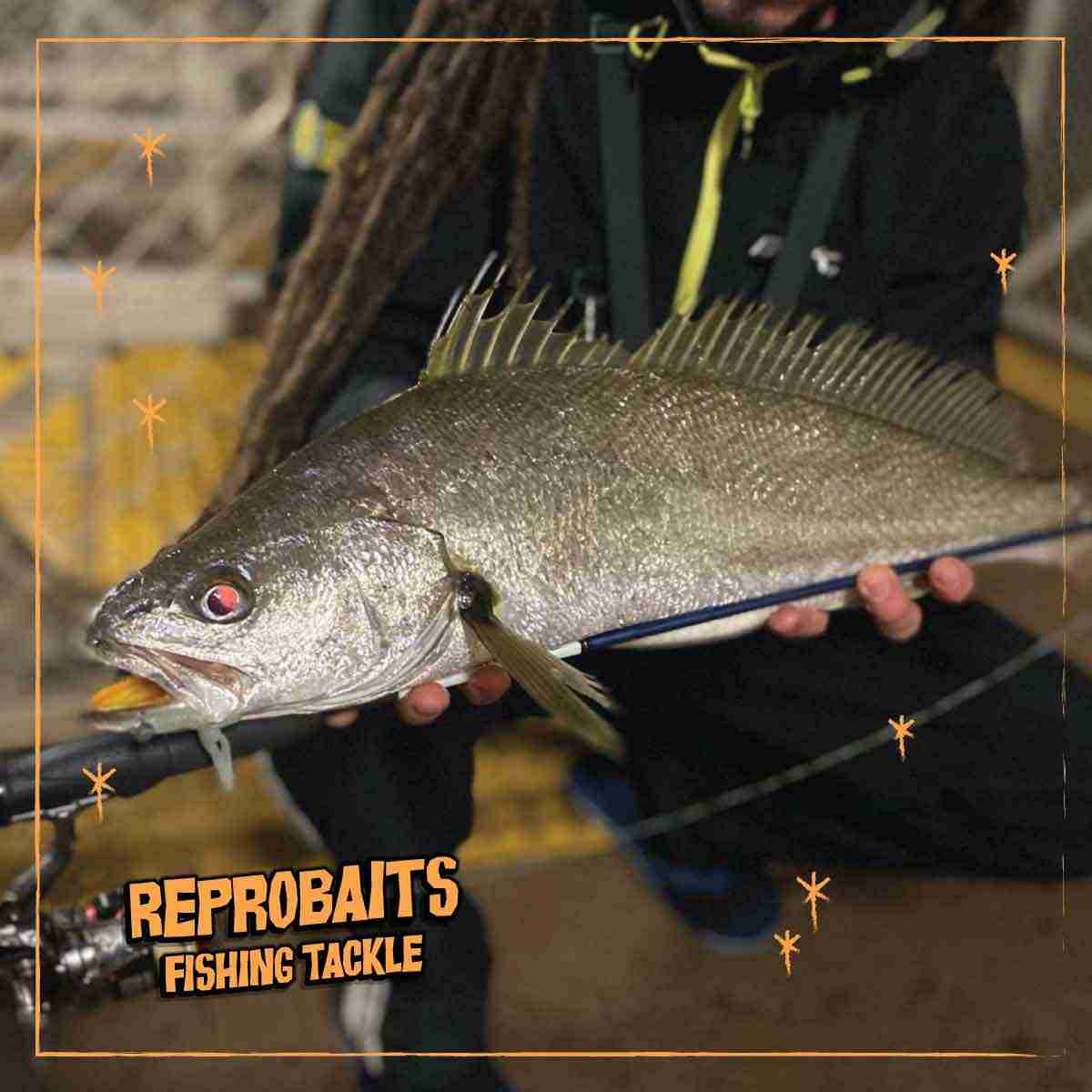
Mulloway Fishing: Mastering the Art of Catching the Elusive Fish
🎣 Dominate the Shoreline with the Long Distance Casting Trigger Kit
The Shore Game Long Distance Casting Kit is your all-in-one solution for chasing tailor, salmon, bonito, and more bottom fishing species from the rocks or beach. Designed for long-distance casting and proven fish-catching action, this kit gives you multiple lure options in one pack. Saves bait too so it doesnt fly off as easy!
- ✅ Includes Casting Trigger, Bait Shields, an d Clip Downs
- ✅ Deadly on tailor, salmon, bonito & mackerel and other bottom fish
- ✅ Built for extreme casting distance
🏄♂️ Cast Further & Catch More with These Must-Haves
✅ Casting Trigger – Protect fingers & cast further
✅ Bait Shields – Perfect for long surf casts stops windmill baits
✅ Beak Hooks – Sharp as for better hook ups
🎯 Order Now & Fish Smarter Tomorrow!
Mulloway is an Exciting Fish to Target
Mulloway fishing is an exciting and challenging endeavour that has attracted many anglers to the Australian coastline. It is an art that requires patience, skill, and a deep understanding of the elusive fish's behavior, habitat, and feeding patterns. In this article, we will delve into the intricacies of mulloway fishing, sharing with you everything you need to know to catch the elusive fish.
Understanding the Mulloway Fish
Mulloway, also known as Jewfish or Croakers, are a highly sought-after game fish native to the Australian coastline. They are known for their elusive nature, making them a challenging catch for even the most experienced anglers. Mulloway are primarily nocturnal, making them difficult to catch during the day. They prefer to reside in estuaries, harbours, and river mouths, where they feed on a variety of prey, including crustaceans, squid, and small fish.
Choosing the Right Equipment

To successfully catch a mulloway, you must have the right equipment. A quality rod, reel, and line are essential, with a medium to heavy action rod of around 6 to 7 feet being the ideal choice. A good quality reel with a high line capacity and a smooth drag system is also crucial. Braided line with a breaking strain of 30 to 50 pounds is ideal, as it offers excellent sensitivity and casting distance.
Bait and Lure Selection
Mulloway are opportunistic feeders, so selecting the right bait or lure is essential. Soft plastic lures, metal slices, and surface lures are popular choices among anglers, with soft plastics being particularly effective. Live bait such as squid, mullet, or prawns can also be used to attract mulloway. It is important to match the size of the bait or lure to the fish's size you are targeting.
Techniques for Catching Mulloway
Mulloway fishing requires a unique set of techniques, and mastering them is key to a successful catch. Night fishing with live bait or lures is a popular technique, as mulloway are more active at night. It is important to fish at the right depth, which is typically close to the bottom, as mulloway are bottom feeders. Patience is key, as it can take time for mulloway to take the bait or lure. Once the fish takes the bait, a quick and decisive strike is necessary to set the hook.
Conclusion
In conclusion, mulloway fishing is a thrilling experience that requires skill, knowledge, and patience. By understanding the fish's behavior, habitat, and feeding patterns, selecting the right equipment, and using the proper techniques, you can increase your chances of catching a mulloway. With the information shared in this article, we hope you are now better equipped to master the art of catching the elusive fish.
🏄♂️ Cast Further & Catch More with These Must-Haves
✅ Casting Trigger – Protect fingers & cast further
✅ Bait Shields – Perfect for long surf casts stops windmill baits
✅ Beak Hooks – Sharp as for better hook ups
🎯 Order Now & Fish Smarter Tomorrow!
🎣 Dominate the Shoreline with the Long Distance Casting Trigger Kit
The Shore Game Long Distance Casting Kit is your all-in-one solution for chasing tailor, salmon, bonito, and more bottom fishing species from the rocks or beach. Designed for long-distance casting and proven fish-catching action, this kit gives you multiple lure options in one pack. Saves bait too so it doesnt fly off as easy!
- ✅ Includes Casting Trigger, Bait Shields, an d Clip Downs
- ✅ Deadly on tailor, salmon, bonito & mackerel and other bottom fish
- ✅ Built for extreme casting distance

